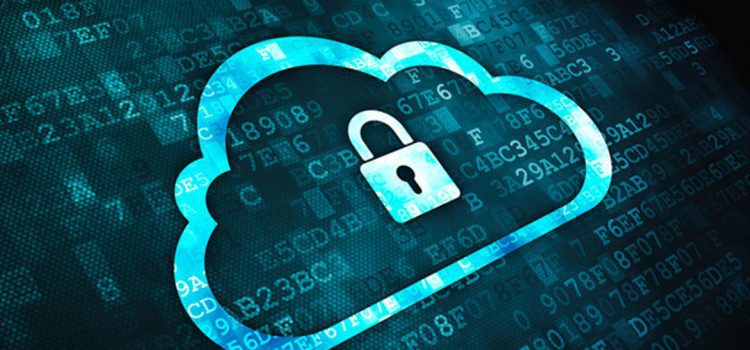In today’s digital age, where communication plays a pivotal role in business operations, ensuring the secure mailbox and integrity of email communication is paramount. This is where Mail Assurance comes into play. In this comprehensive guide, we will delve into the intricacies of Mail Assurance, exploring its importance, key components, and best practices for implementation.
Understanding the Importance of Mail Security
Email has become the backbone of communication for businesses worldwide. However, with the convenience of email communication comes the inherent risk of cyber threats. From phishing attacks to malware-laden attachments, the threat landscape is constantly evolving. This underscores the critical importance of robust email security measures to safeguard sensitive information and maintain operational continuity.

Key Components of Mail Assurance Systems
A robust Mail Assurance system comprises various components working seamlessly to protect email communication. These include:
- Email Security Gateway: Acting as the first line of defense, an email security gateway filters incoming and outgoing emails, scanning them for malicious content and spam.
- Encryption Protocols: Encrypting emails ensures that sensitive information remains protected during transit, mitigating the risk of unauthorized access.
- Secure Email Servers: Utilizing secure email servers enhances the overall security posture by implementing robust access controls and encryption mechanisms.
- Mail Filtering Solutions: Advanced mail filtering solutions employ AI and machine learning algorithms to identify and block suspicious emails, reducing the risk of phishing attacks and malware infections.
- Incident Response Mechanisms: Rapid incident response mechanisms enable organizations to promptly address security incidents and minimize potential damage.
Threat Landscape in Mail Communication
The threat landscape in mail communication is dynamic and multifaceted. Cybercriminals employ various tactics, such as social engineering and malware distribution, to exploit vulnerabilities and infiltrate email systems. Common threats include:
Phishing Attacks: Phishing emails masquerade as legitimate messages, aiming to trick recipients into divulging sensitive information or clicking on malicious links.
Malware Distribution: Malicious attachments and links embedded within emails serve as vectors for malware distribution, compromising the security of systems and networks.
Business Email Compromise (BEC): BEC attacks target organizations’ financial assets by impersonating executives or suppliers, deceiving employees into transferring funds or sensitive data.
Risks Associated with Unsecured Mail Systems
Failure to implement adequate mail security measures exposes organizations to various risks, including:
- Data Breaches: Unsecured email systems are vulnerable to data breaches, resulting in unauthorized access to sensitive information and regulatory non-compliance.
- Financial Losses: BEC attacks and ransomware infections can lead to significant financial losses, including theft of funds and operational disruptions.
- Reputation Damage: Security incidents stemming from unsecured mail systems can tarnish an organization’s reputation and erode customer trust.
Regulatory Compliance and Mail Security
In an era of stringent data protection regulations, such as GDPR and HIPAA, ensuring compliance with regulatory requirements is imperative. Implementing robust mail security measures not only protects sensitive data but also demonstrates organizational commitment to regulatory compliance.
Stay tuned for the next section where we’ll explore the benefits of implementing email security and strategies for effective implementation.



